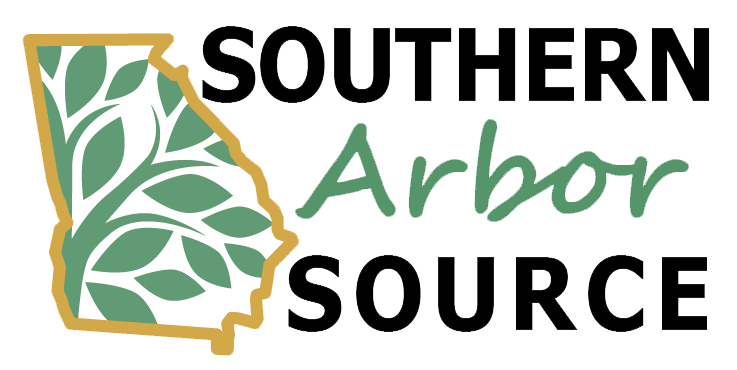When it comes to the health of your trees, understanding the significance of exposed roots is paramount. Trees, like any living organism, require a stable foundation for growth and sustenance. Here, we delve into the causes, consequences, and proper treatments for exposed roots, as shared by our knowledgeable arborists in Atlanta, Georgia.
The Origins of Root Exposure
Root systems are the lifeline of trees, anchoring them into the earth and providing vital nutrients and moisture. While healthy trees boast extensive root networks, various factors can lead to root exposure, particularly affecting feeder roots found closer to the surface.
Certain tree species, such as willows and poplar shade trees, are predisposed to rapid growth, increasing the likelihood of root exposure. Additionally, older trees are susceptible to this issue. External obstructions like buildings, sidewalks, or natural features can disrupt root growth, causing them to surface. Moreover, environmental factors like heavy rainfall or erosion exacerbate the problem, especially on uneven terrain.
Consequences of Exposed Roots
Exposed roots pose multifaceted risks, jeopardizing both tree health and safety. Beyond being a tripping hazard, they are prone to infection, potentially leading to the demise of the entire tree. Moreover, dead trees pose significant hazards, susceptible to collapse during strong winds or becoming fuel for fires in dry conditions.
Furthermore, exposed roots are vulnerable to damage from lawn care equipment, hindering the tree’s ability to thrive. Addressing this issue promptly is crucial to mitigate risks to property and safety.
Effective Treatment Strategies
While covering exposed roots with soil may seem like a quick fix, it often proves ineffective. Improper soil coverage can suffocate roots or wash away with subsequent rainfall. Instead, our arborists recommend applying a layer of mulch, such as pine straw or bark nuggets, up to four inches thick. This protective layer shields roots from further exposure while facilitating essential nutrient absorption.
Additionally, vigilant monitoring and avoiding overwatering are essential practices. If temporary solutions prove inadequate, consulting expert arborists is advisable. They can provide comprehensive assessments and tailored solutions to safeguard your trees and property.
SAS Trees is committed to prioritizing safety, quality, and customer satisfaction. Our team of skilled arborists specializes in tree care services tailored to your specific needs. For expert guidance and reliable tree care solutions, contact SAS Trees today. Your trees deserve the best, and we’re here to deliver.
